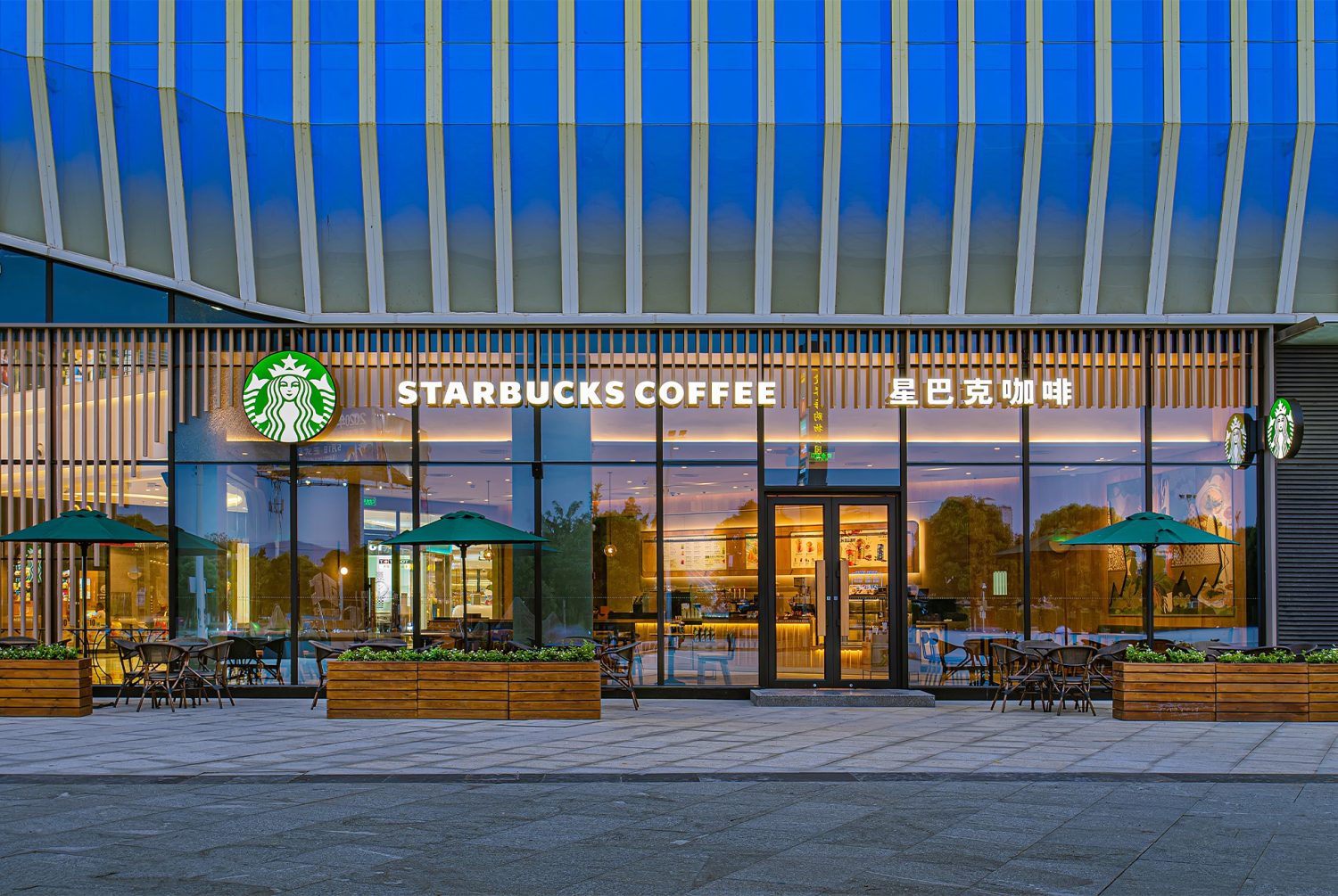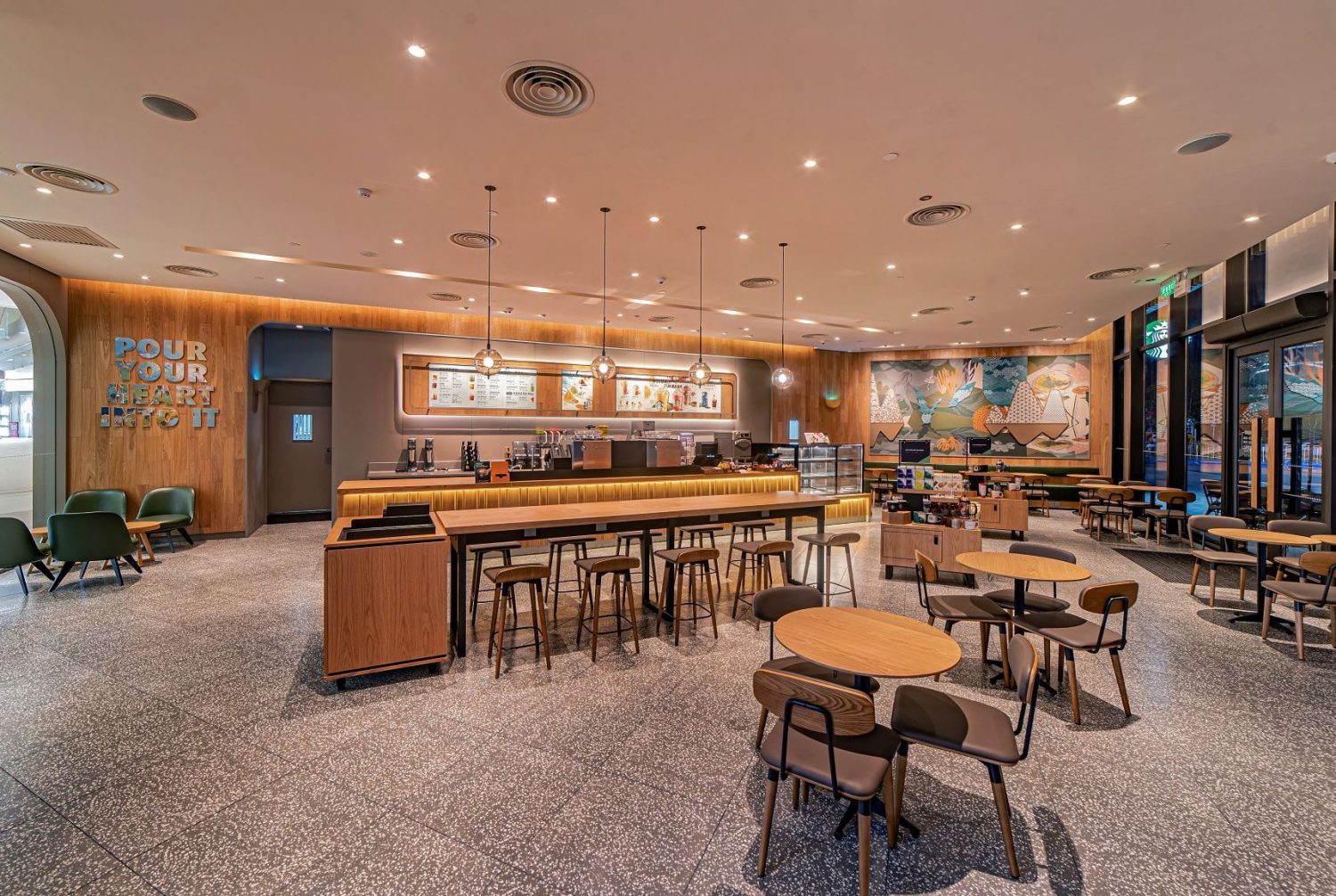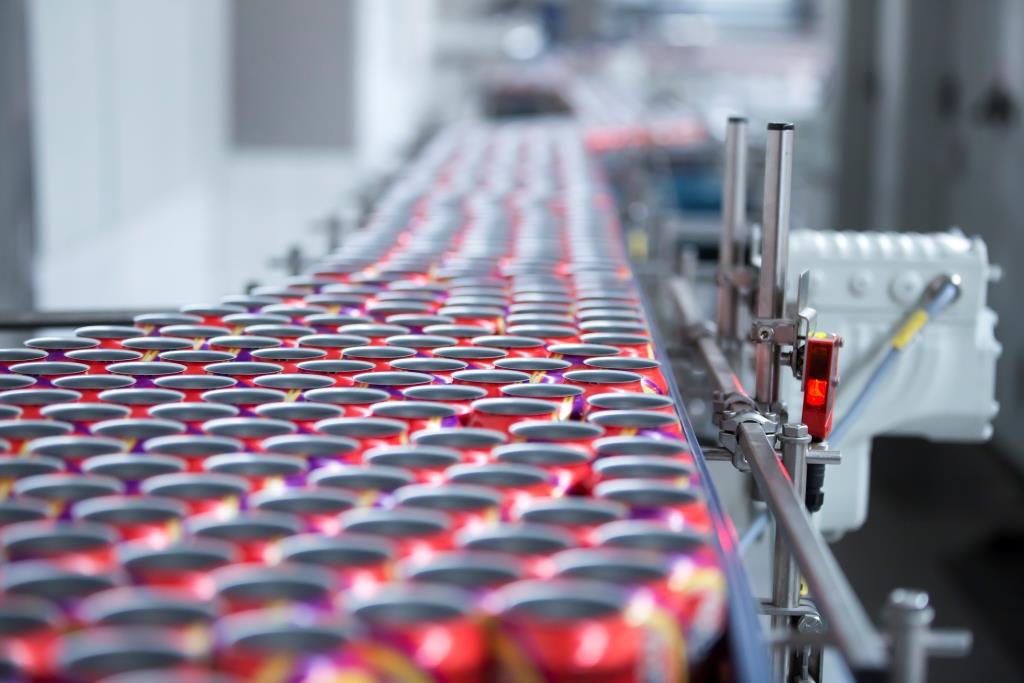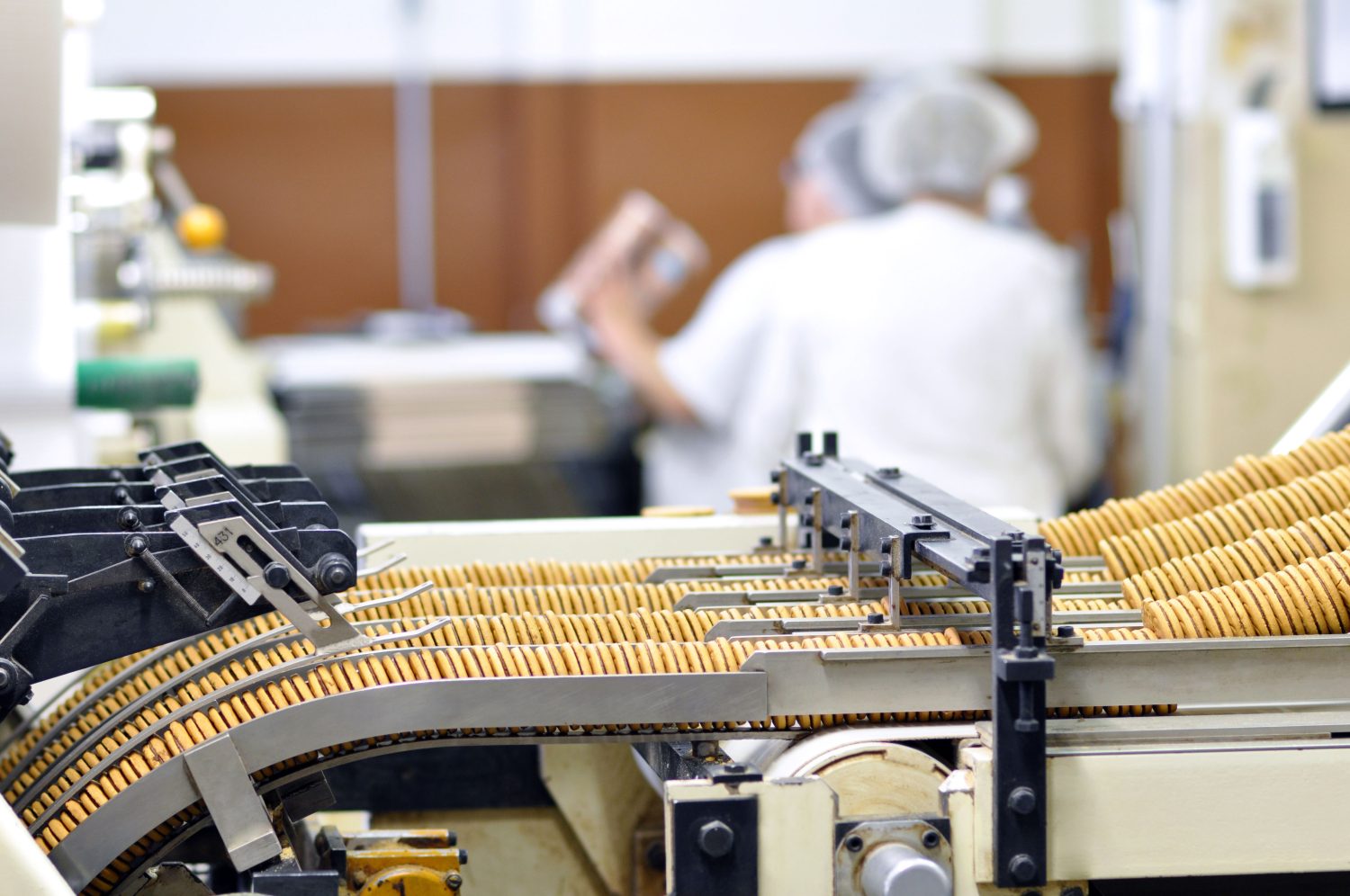Starbucks China is the first major food retail chain to be FSSC 22000 certified. With catering being a relatively new scope for FSSC 22000, Starbucks has shared its learnings from the FSSC 22000 certification process to inspire and help other catering organizations elevate their food safety and quality standards.

Linda Zhang (Vice President, Product Innovation, Food Safety, Quality & Regulatory of Starbucks China and AP) and Stam Yang (Vice President, Food Safety & Quality of Starbucks China) present Starbucks China’s approach to food safety.
Starbucks China: ‘Gold Standard’ Vision
Since entering the Chinese mainland market more than 20 years ago, food safety has always been a key element in Starbucks’ strategy. This is reflected in Starbucks aspiration to achieve a comprehensive ‘Gold Standard’ for food safety that leads the industry in China. In 2016, Starbucks China started researching into food safety management systems, eventually making the decision to adopt FSSC 22000.
Linda explained, “The framework for Starbucks Gold Standard in food safety consists of eight elements. One of these is running an excellent and advanced food safety management system. In order to set a benchmark, we conducted thorough research on existing standards in the food and beverage industry. There were three deciding factors that made us choose FSSC 22000.”
“Firstly, we wanted a Food Safety Management System certification that is recognized by the Global Food Safety Initiative, so that we are benchmarking ourselves to leading global standards. Secondly, FSSC 22000 has its roots in food manufacturing in contrast to other retail based food safety management systems, which is a better fit for our business. Finally, FSSC 22000 uses a risk based approach which helps to make our approach towards food safety more thoughtful and systematic, based on an evaluation of the risks existing in our activities.”
“Quarter of Quality” Program
With over 50,000 partners (employees) working across over 4.400 stores in China, Food Safety Culture is of utmost importance to Starbucks food safety strategy. Stam explains how it is embedded in every Starbucks store, “We have a diverse portfolio of stores, operated by different partners in different environments. Every partner in every store has to take responsibility in ensuring food safety. Therefore, we have to work hard to create a sense of ownership on food safety within our culture.”
“An example of how Starbucks engages our partners on food safety is our ‘Quarter of Quality’ program. We run this Food Safety and Quality campaign every year since 2014, with the purpose of engaging all partners on the topic in a fun and engaging way, to make sure it is top of mind for our partners. During the campaign, we leverage our internal social media platform to run interactive quizzes to refresh partners’ knowledge. Furthermore, we organize competitions where partners can share their best practices, and even show their artistic flair by designing their own symbol for food safety.”

Food Safety during a Global Pandemic: COVID-19
During the COVID-19 pandemic, companies faced lots of challenges. For Starbucks some of those challenges led to holistic rethinking and changes of its ways of working, which helped to enhance the company’s effectiveness and efficiency.
“During the pandemic, we closed some of our stores. Demand shifted towards digital ordering and delivery. Starbucks China created contactless experience to embrace the changes in consumer behavior. This entailed a thorough review of the risks and our approach to food safety in these areas,” according to Linda.
“Another challenge was that we couldn’t perform audits of our supplier and production processes during the lock down. That drove us to explore creative solutions using virtual technology and artificial intelligence, such as joining audits through digital video devices in our supplier plants.”
“We also changed how we trained our partners. We were used to giving food safety training to our partners in-person in the stores. With the pandemic, we ran training via a streaming service instead. It is a more efficient approach and our broadcasts have been well received. As the sessions were recorded, our partners can also view them again when needed.”
Learnings from the FSSC 22000 Certification Process
Overall there are three important lessons that Starbucks China has learned and implemented from the FSSC 22000 certification process:
- Systematic Management
One of the main reasons for Starbucks China striving for FSSC 22000 certification was to establish a standardized food safety management system. This systematic approach has helped Starbucks to connect the dots and create one integrated approach.
- Risk Based Approach
The second learning is adopting a risk based approach towards food safety. As Linda explained, “Starbucks is in the process of implementing food safety assessment for all stores around the globe. We noticed that audits based on performance scores help us identify hidden food safety risks. Another new element is the ‘self-check approach’: store partners need to perform their own self-assessments, which motivates them to take up more ownership and commitment in ensuring food safety.”
- Food Safety by Design
“We have incorporated the risk based model into our design processes. When we design a new store or a new product, one of the lead questions is ‘How do we ensure food safety?’. This way, food safety is embedded in all our processes right from the very beginning.”



